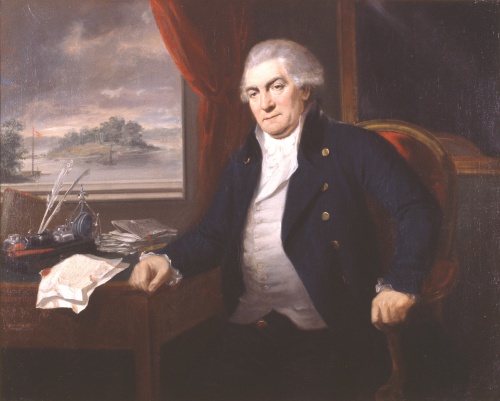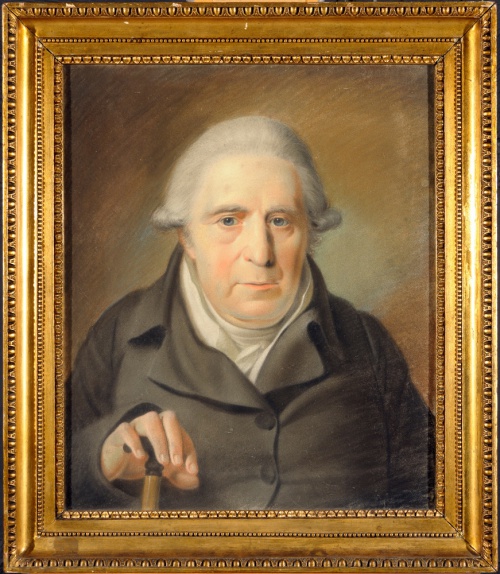Coninck, Frédéric de
Born 1740-12-5 in Den Haag, died 1811-9-4 on Dronninggaard in North Zealand.
Family
Father: Coninck, Jean (BioLek I)
Mother: Rapin, Susanne Esther de (BioLek I)
Brother: Coninck, Jean de 2 (BioLek II)
Daughters: Pingel, Ane Marie; Coninck, Henriette de; Coninck, Louise de (FT-1787)
Sons: Coninck, Jean de 3; Coninck, Henry de; Coninck, Bellej? de (FT-1787)
Son-in law: Pingel, William (FT-1787)
Timeline
1757 - Employed at a British trading house in Amsterdam. (BioLek II)
1763 - Came to Copenhagen (BioLek I)
1763 - Became employed as supercargo at the Danish Asiatic Company in Canton, but decided otherwise just before departing. (BioLek II)
1765 - Citizenship as whole-sale merchant (BioLek I)
1768 - Royal Agent (BioLek II)
1770 - Married Joncourt, Marie de
1775 - Founded the trading House of de Coninck & Reiersen with Reiersen, Niels Lunde, which lasted until 1790.
1783 - Appointed Etatsraad
1790 - Founded his own company House of de Coninck & Co. (BioLek II)
1790 - Co-founded Groshandlernes nærmere Forening, which later evolved into Grosserer-Societetet
1795 (28 January) - Letter from de Coninck to Anker (re. the English Club and the Coalition Club, 1792-1797) (KB, Håndskrifts, Ny Kgl. Samling, 4, 692 (gl.))
1796-98 Sent 14 ships with contraband Dutch goods from Batavia to Europe - 10 ships were taken by the British. This was one of several incidents that led to the Battle of Copenhagen in 1801. (Beck 1981:276)
1811 - Upon his death, de Coninck left 625.000 Rigsdaler, even if this was later reduced to 125.000 Rigsbandaler upon depts etc. having been paid (Werner, Duntzfelt)
Property
1781 - Bought Dronninggaard in Northern Zealand, a former manor of Queen Sophie Amalie from 1661. De Coninck erected a new and large main building and in the five years transformed the surrounding area into a landscape garden, complete with a small island with a Chinese tea house. Near the main builing a column was erected carrying the inscription: "Til ære for handelen og søfarten som under en vis og mild regerings indflydelse og beskyttelse gav mig evne at forskønne dette sted og forbedre dets agerdyrkning". (Erichsen & Skak-Nielsen 2012, p.161)
1785 - Bought Gyldenløves Small Mansion on the corner of Dronnings Tværgade and Bredgade in Copenhagen with Reiersen, Niels Lunde. (indenforvoldene.dk)
1788 - Became sole owner of Gyldenløves Small Mansion on the corner of Dronnings Tværgade and Bredgade in Copenhagen. Decorated the interior with wall paintings of his country manor, Dronninggaard, also called Næsslottet. Sold to the dowager Queen Juliane Marie in 1794 after the fire of Christiansborg Castle, who sold it to Brun, Constantin in 1798. (indenforvoldene.dk)

